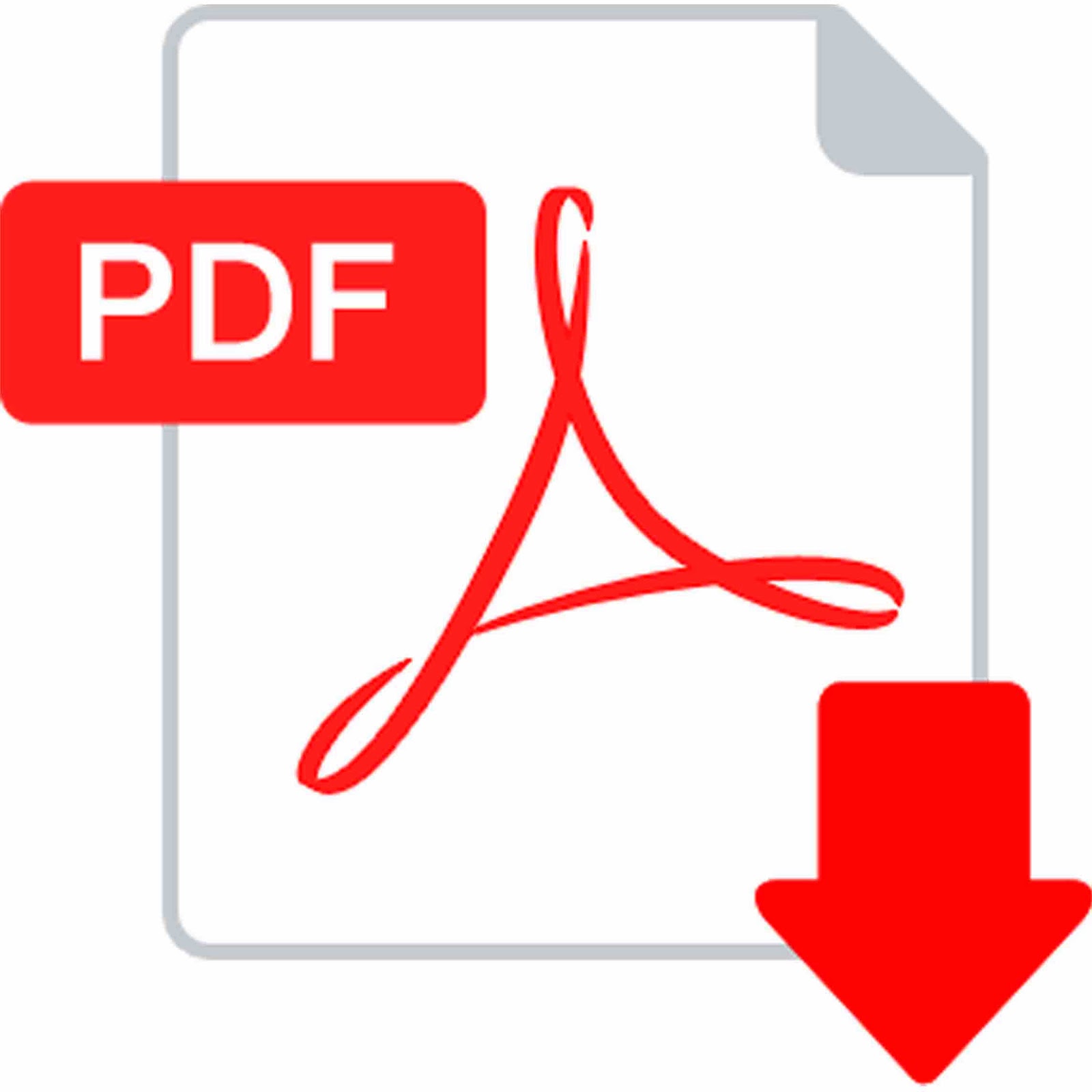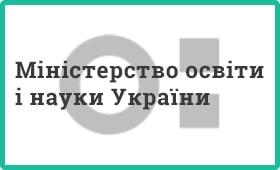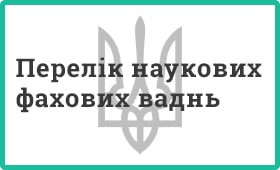| JEL Classification: G21; O31; O38; E44; L26. | DOI: https://doi.org/10.31521/modecon.V52(2025)-23 |
Riabykina Kateryna, PhD in Economics, Аssociate professor, Аssociate professor of the Department of Economics, organization and business management, Kryvyi Rih National University, Kryvyi Rih, Ukraine
ORCID ID: 0000-0001-7747-558Х
e-mail: rjabykinaekaterina@knu.edu.ua
Riabykina Nataliia, PhD in Economics, Аssociate professor, Аssociate professor of the Department of Economics, organization and business management, Kryvyi Rih National University, Kryvyi Rih, Ukraine
ORCID ID: 0000-0003-3775-0019
e-mail: rjabykinanataliya@knu.edu.ua
Innovative and Investment Activity and Business Lending
Abstract. Introduction. Innovation and investment activity are essential drivers of sustainable economic growth, combining new knowledge and technologies with the financial resources required for their implementation. Effective implementation of these processes depends on reliable financing mechanisms, with bank lending serving as a crucial source of external capital for businesses. In the context of Ukraine’s post-war economic recovery, examining the role of bank lending in supporting innovation and investment is particularly relevant.
Purpose. This article aims to investigate the role and mechanisms of bank lending as a key tool for stimulating innovation and investment activity in Ukraine during its post-war recovery.
Results. The study identifies several challenges limiting the effectiveness of enterprises, including high interest rates, stringent collateral requirements, and restricted access to long-term loans. Despite these barriers, 2024 lending data reveal positive trends, such as increased long-term loans and greater financing availability for small and medium-sized businesses. The study proposes a comprehensive approach to overcoming these challenges, including expanding state guarantees, developing specialized innovation programs, implementing digital solutions, and enhancing entrepreneurs’ financial literacy.
Conclusions. Lending is a critical instrument for Ukraine’s post-war economic recovery, evolving from a liquidity support function into a catalyst for investment activity. Successful implementation of innovative and investment projects depends on a flexible and diverse financing system. Further research is recommended to assess the long-term impact of digital transformations on corporate culture and the potential integration of artificial intelligence into enterprise document management systems.
Keywords: innovative and investment activity; lending; financial resources; economic recovery; banking sector; long-term loans; innovative projects; small and medium-sized businesses; international financial organizations; state programs.
References:
- Kutovyi, O. V. (2023). The relationship of innovation and investment management in the development of state policy. State Building, 2(34), 42-53. https://doi.org/10.26565/1992-2337-2023-2-04.
- Burlan, S. A., & Danilova, H. O. (2023). Financial investments: accounting aspect. Economics and Society, 56. https://doi.org/10.32782/2524-0072/2023-56-40.
- Jiang, X., & Jiang, C. (2024). Government R&D subsidies, bank credit and the innovation efficiency of high-tech enterprises. International Review of Economics & Finance, 96(Part A). https://ideas.repec.org/a/eee/reveco/v96y2024ipas1059056024005574.html.
- Herasymenko, A. V. (2022). Development of the classification of types of bank lending to industrial enterprises. Economics and Society, 40. https://doi.org/10.32782/2524-0072/2022-40-52.
- Zavadska, D. V. (2020). Features of the organization of the process of lending to innovative projects of agricultural enterprises. Economic Space, 156, 196-201. https://doi.org/10.32782/2224-6282/156-36.
- National Bank of Ukraine. (2024, February 20). Banking sector overview. https://bank.gov.ua/ua/news/all/banki-naroschuyut-kredituvannya-pivtora-roku-pospil-ta-mayut-dostatniy-potentsial-dlya-pidtrimki-ekonomiki-nadali–oglyad-bankivskogo-sektoru.
- Marych, M. H., & Antoniuk, V. I. (2024). The role of enterprise lending by commercial banks. Economics and Society, 65. https://doi.org/10.32782/2524-0072/2024-65-81.
- Krysak, A. O., & Musiatovska, O. S. (2018). Problems and prospects of small business development in Ukraine. Economy and the State, 12, 68-73. http://www.economy.in.ua/pdf/12_2018/16.pdf.
- Zabchuk, H. P., Ivashchuk, O. Ya., & Seniv, B. O. (2023). Problems of lending to micro-enterprises in Ukraine during martial law. World of Finance, 1(74), 104-116. https://doi.org/10.35774/sf2023.01.104.
- Smolinska, S. D., & Samchenkova, I. O. (2018). Ways to improve the implementation of credit operations by banks in order to increase the efficiency of enterprises. Young Scientist, 10(62), 885-888. https://www.molodyivchenyi.ua/index.php/journal/article/view/3916.
- Ministry of Economy, Environment and Agriculture of Ukraine. (2025, April 10). «Affordable loans 5-7-9%» : since the beginning of 2025, the average monthly lending volumes to businesses in high military risk zones have doubled. https://me.gov.ua/News/Detail?lang=uk-UA&id=e3cbed43-4d90-472e-a21e-854fa5207fa9&title=DostupniKrediti.
- NABU. Independent Association of Banks of Ukraine. (2024, December 5). In 2025, the volume of loans for small and medium-sized businesses could increase by 30%. https://nabu.ua/ua/u-2025-rotsi-obsyag-kreditiv-dlya-malogo-i-serednogo-biznesu.html.
- Martseliak, O. V. (2025). Cooperation of Ukraine with international financial organizations in the context of war, globalization and European integration. Analytical and Comparative Jurisprudence, 2, 651-658. http://journal-app.uzhnu.edu.ua/article/view/327581/317355.
- Niameshchuk, H. V., & Stasiuk, Yu. M. (2023). Dynamics of financial and credit relations of Ukraine with international institutions in the conditions of martial law. Economics and Society, 57. https://doi.org/10.32782/2524-0072/2023-57-137.
Received: 19 August 2025

|
How to quote this article? |
| Riabykina K., Riabykina N. (2025). Innovative and Investment Activity and Business Lending. Modern Economics, 52(2025), 165-172. DOI: https://doi.org/10.31521/modecon.V52(2025)-23. |










 Українська
Українська